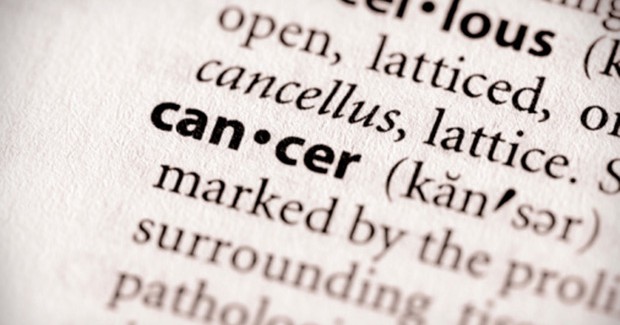
Advances in cancer medicine have resulted in a dramatic drop in cancer deaths nationwide, according to the American Cancer Society’s annual cancer statistics report, which finds rates of cancer deaths have fallen 22 percent over the last two decades. This amounts to a total of 1.5 million cancer deaths averted, a result of earlier detection, better screening practices, improved treatments and lower rates of smoking.
The report, published in the journal CA: A Cancer Journal for Clinicians, is based on the most recent data from the National Cancer Institute and the Centers for Disease Control and Prevention, and mortality figures from the National Center for Health Statistics.
Lower rates of smoking have greatly contributed to the decline in cancer deaths, the report says. Cancer death rates increased overall in the 20th century and peaked in 1991, until public health efforts, including campaigns carried out by the American Cancer Society, shed light on the health risks of smoking, the leading cause of cancer in the U.S.
Lung cancer death rates declined 36 percent between 1990 and 2011 among males and 11 percent between 2002 and 2011 among females due to reduced tobacco use. Still, about one-third of all cancer deaths are the result of tobacco use, the report says.
Deaths rates for other leading cancers also dropped in that same time period. Breast cancer death rates declined 35 percent, while prostate and colorectal cancer death rates were down 47 percent from their peak.
“The continuing drops we’re seeing in cancer mortality are reason to celebrate, but not to stop,” Dr. John R. Seffrin, PhD, chief executive officer of the American Cancer Society, said in statement. Despite the improvement in survival rates, cancer remains a leading killer of Americans, said Dr. Seffrin:
“Cancer was responsible for nearly one in four deaths in the United States in 2011, making it the second leading cause of death overall. It is already the leading cause of death among adults aged 40 to 79, and is expected to overtake heart disease as the leading cause of death among all Americans within the next several years. The change may be inevitable, but we can still lessen cancer’s deadly impact by making sure as many Americans as possible have access to the best tools to prevent, detect, and treat cancer.”
Uneven progress due to disparities
The report highlighted some important disparities in cancer rates. The smallest declines in cancer mortality rates generally occurred in the South, where most declines were about 15 percent. Meanwhile, Northeast states — such as Maryland, New Jersey, Massachusetts, New York and Delaware — saw declines of up to 30 percent, according to the report. Lung cancer death rates had the most variation across the country, with rates in Kentucky three times higher than those in Utah.
“The large geographic variation in cancer death rates and trends reflects differences in risk factor patterns, such as smoking and obesity, as well as disparities in the national distribution of poverty and access to health care, which have increased over time,” the researchers write.
Social inequalities, higher rates of poverty and a lack of health insurance coverage can also increase the cancer burden for some minority groups in the United States, the report explained. The death rate for cancer among black adults, for example, is 29 percent higher in men and 14 percent higher in women compared with the same rates in white men and women.
“Further reductions in cancer death rates can be accelerated by applying existing cancer control knowledge across all segments of the population, with an emphasis on those in the lowest socioeconomic bracket and other disadvantaged populations,” the authors write.
Looking ahead
Using the same data, the authors also calculated projections for the coming year. They estimate there will be 1,658,370 new cancer cases and 589,430 cancer deaths in the U.S. in 2015 — an average of 1,600 cancer deaths each day.
Prostate, lung and colorectal cancers will continue to be top killers for men, while breast, lung and colorectal cancer will continue to be the top cancer killers among women in the U.S. Nearly 30 percent of deaths among women will be a result of breast cancer.
However, many of those deaths could be prevented: According to Dr. Otis Brawley, chief medical officer of the American Cancer Society, eliminating smoking and issues related to obesity, high caloric intake and physical inactivity could decrease cancer rates by an additional 40 percent in the next 20 years.
